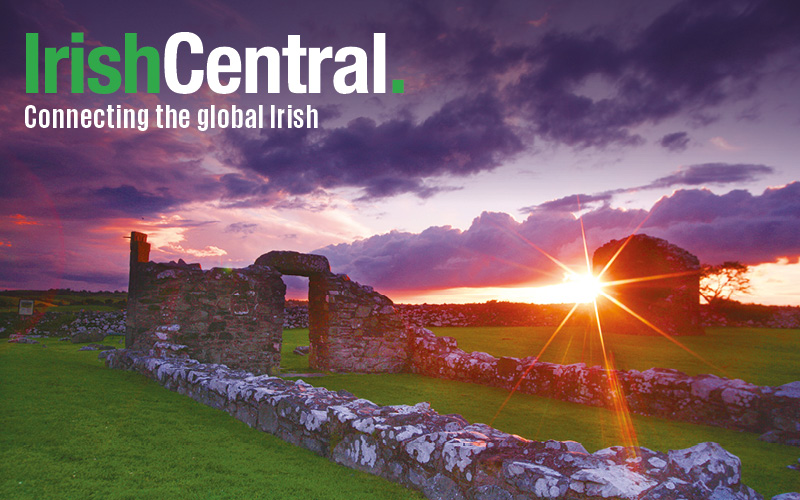Ireland is the land of happiness – despite the recession, the property crash and the increase in unemployment and emigration.
A shock new survey claims that four out of every five adults in Ireland are happy all or most of the time according to the government’s Central Statistics Office.
The latest figures also suggest that Irish men feel more calm and peaceful than Irish women – but more women say they are tired or worn out most of the time.
The statistics were acquired as part of a study into health status and heath service utilization conducted during the quarterly national household survey for the third quarter of last year.
In the survey, respondents were asked their views on a number of statements covering both positive and negative feelings.
________________
Read More:
Business chief says Irish double dip recession unlikely
Average Irish person 30 percent worse off due to recession
Irish sex lives suffering badly in recession says sex therapist
_______________
The report into the findings indicates that eight out of 10 adults, men and women, reported being happy all or most of the time.
The CSO study also found that 61 per cent of adults felt ‘full of life all or most of the time while 54 per cent said they had ‘lots of energy’.
Some four per cent of Irish adults, of all sexes, indicated they did not feel energetic at all. The CSO data indicates that 67 per cent of men reported feeling calm or peaceful ‘all or most’ of the time compared with 59 per cent of women.
The report states: “When it comes to energy-vitality, 16 per cent of women reported feeling worn out or tired all or most of the time compared with 10 per cent of men.”
As a sign of the economic times now prevalent in Ireland, the report found that the proportion of adults with private health insurance has decreased from 49 per cent in 2007 to 47 per cent in 2010.
“More men relied solely on general public health cover – having neither a medical card nor private health insurance – than women, with 26 per cent of men not having either a medical card or private health insurance, compared with 19 per cent of women,” said the report.
The CSO survey also reports that in the third quarter of 2010, eight per cent of the adult population was on a hospital waiting list, in 2007 this figure had been six per cent.
The report added: “In 2010, five per cent of adults were on an out-patient waiting list, while one per cent were on an in-patient waiting list and a further two per cent were on a day-patient waiting list.
“In 2007 the comparable percentages of persons on waiting lists were three per cent, one per cent and one per cent respectively.
“On average, those on an in-patient waiting list reported the longest length of wait at time of interview, with 40 per cent reporting a wait of less than three months, down from 43 per cent in 2007, but 21 per cent reporting waiting times of 12 months or more, an increase from the 19 per cent reported in 2007.”
The survey found that patients with a medical card had on average 5.2 consultations with their doctor in the previous 12 months, almost two and a half times as many consultations as those patients with private health cover (2.2) and more than two and a half times as many as those with only general health cover (1.9).
Hypertension (high blood pressure), chronic back pain and high cholesterol were the mostcommon health conditions reported.




Comments